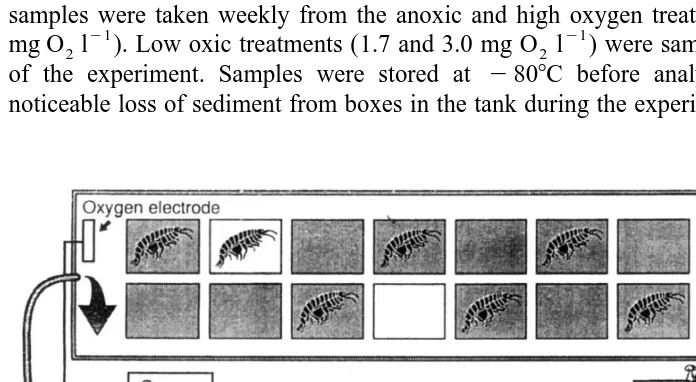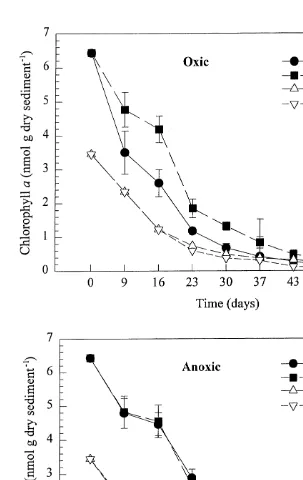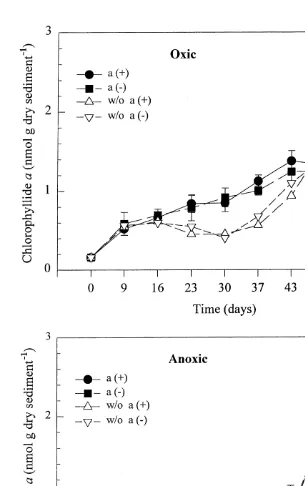Directory UMM :Data Elmu:jurnal:J-a:Journal of Experimental Marine Biology and Ecology:Vol251.Issue2.Aug2000:
Teks penuh
Gambar




Dokumen terkait
To test some of the predictions of the swash exclusion hypothesis, we compared burrowing rates of the three species in five sediment sizes in the laboratory, and
Worms in the lower quality sediments (75% and 90% Belmar) had higher bulk feeding rates than those in the higher quality sediments (all Tuckerton treatments) once body sizes reached
Excretion rates of ammonia-N, nitrite-N, nitrate-N, and dissolved organic nitrogen (DON) for juvenile Litopenaeus vannamei (3.85 6 0.83 g) were quantified in response to nine
Aurelia aurita; number of prey (stage V copepodids Calanus finmarchicus) remaining in the stomach over time, with a constant feeding intensity for 4 h and a new constant
We measured long-term growth rates (up to 2.5 years) of individuals of the free-living mushroom coral Fungia granulosa Klunzinger, 1879 at Eilat, northern Red Sea, and determined
Specific growth rate day of 1-year-old (1 1 ) Monoporeia affinis amphipods, with and without phytoplankton addition at different sediments (fine sand, and non-frozen and
Comparison of inter-estuarine instantaneous growth rates in length (least-square mean G SL 6 1 S.E.) of caged winter flounder in 1994 (a–f) and 1995 (g–k) in the three estuaries:
To estimate the effect of predation on the zonation pattern of Astraea undosa, survival rates of snails within the four zones (Eisenia, Lithothrix, Sargassum, and Macrocystis)





